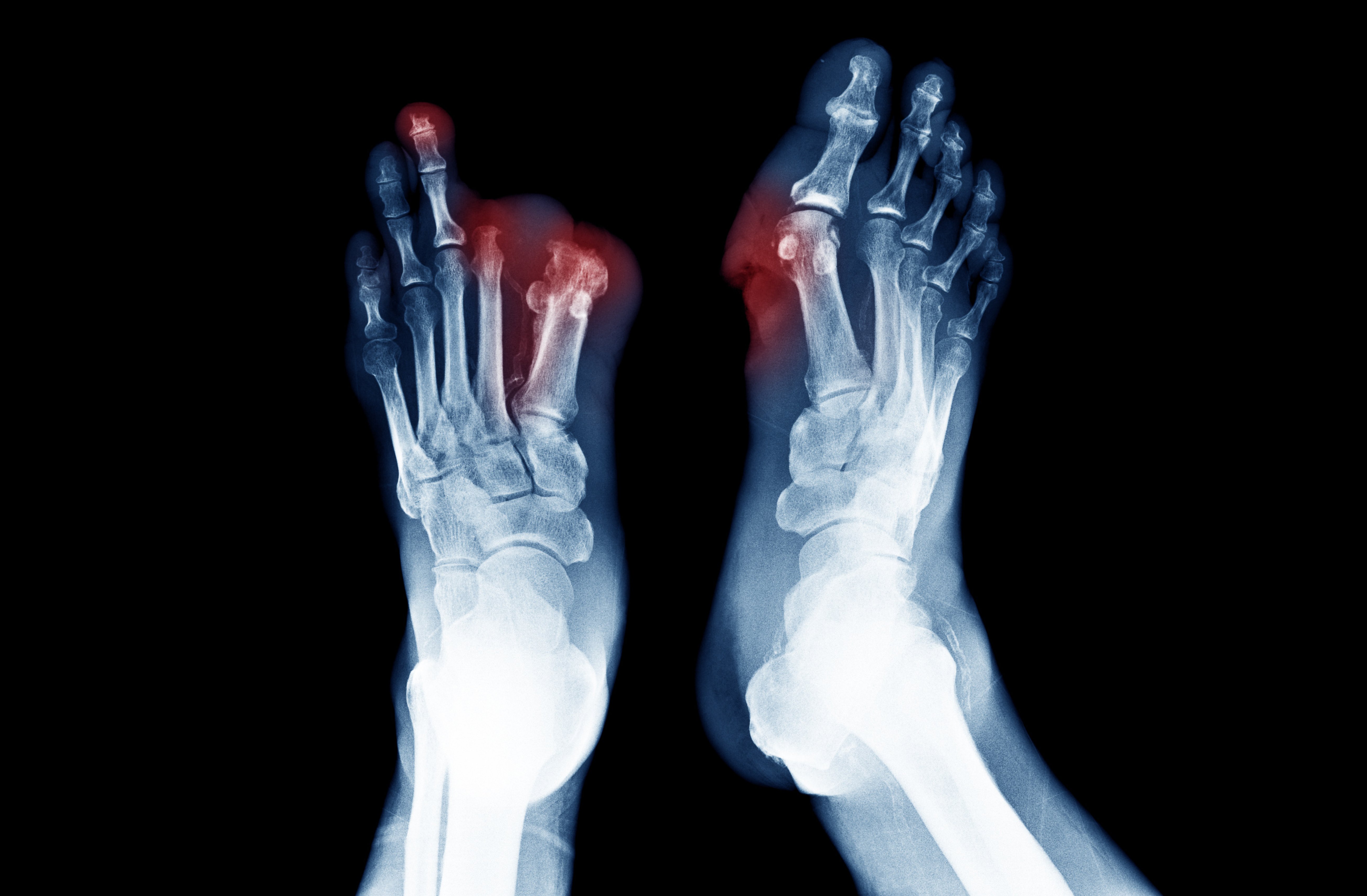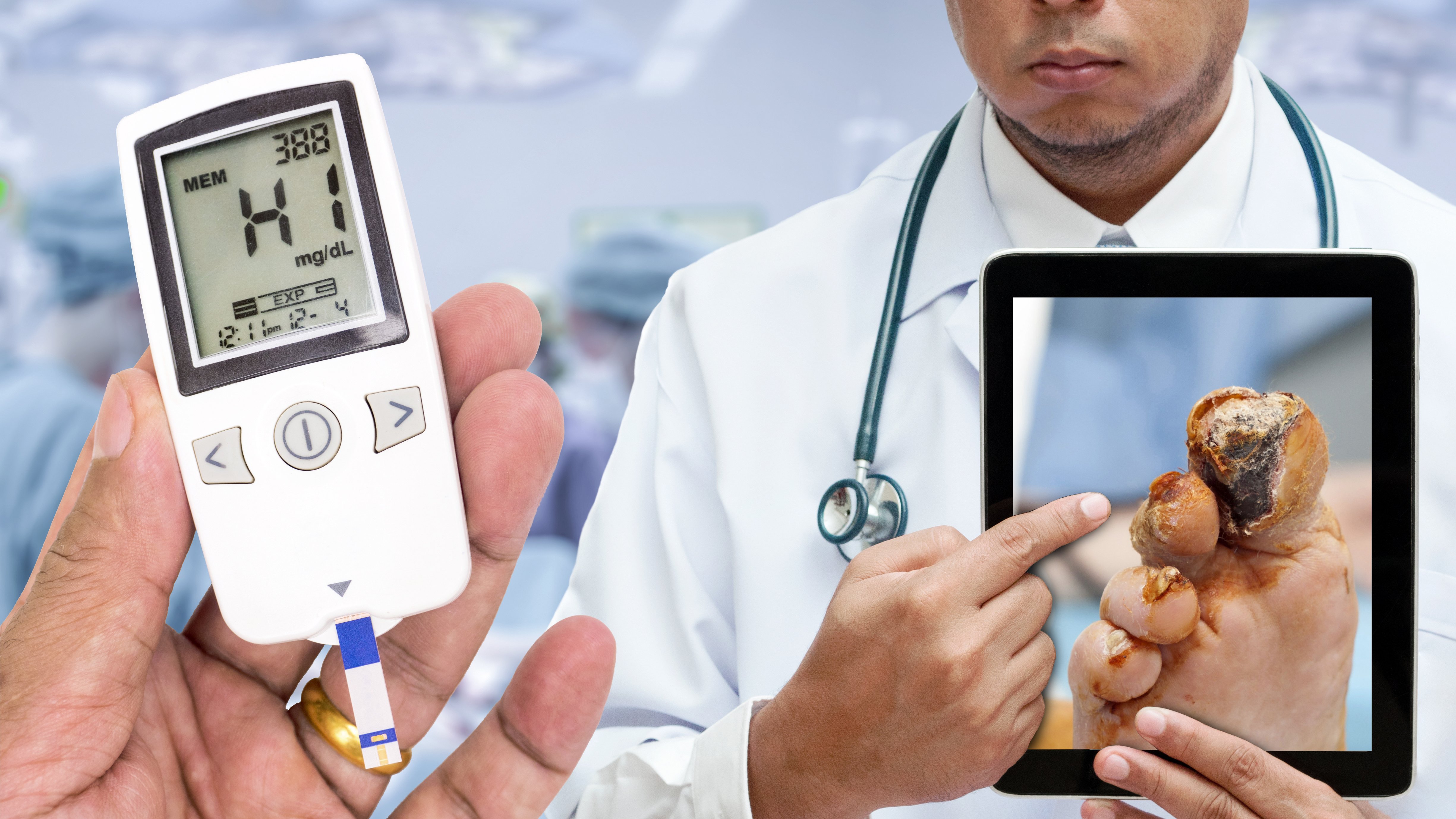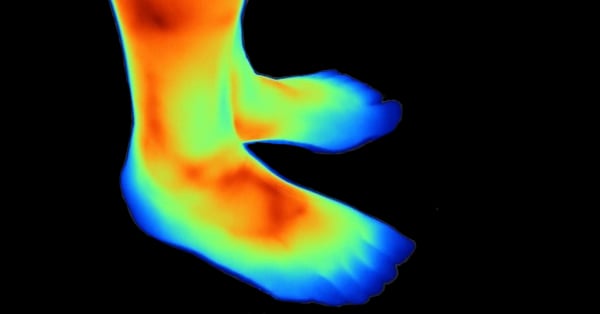Topics: Peripheral Artery Disease, PAD Awareness Month
Peripheral artery disease, known as PAD, is a major vascular disease that affects 202 million adults worldwide, a higher prevalence than ischemic heart disease and heart failure.
Here are 7 quick facts about Peripheral Artery Disease:
- The prevalence if PAD is 20 million compared to 14 million for cancer, 7 million for stroke and 5 million for Alzheimer’s.
- Every 30 seconds someone in the world get an amputation.
- Over 50% of people with a diabetic foot have PAD
- PAD has mortality rate at 5 years higher than many well-known disease such as Colon cancer, Hodgkin’s disease, Breast Cancer.
- The most common causes of Peripheral Artery Disease include obesity diabetes, smoking and high blood pressure.
- Only about 25% of the general population is aware of the disease.
- New and less invasive treatments that allow doctor to see in real time inside the blood vessels are now available.
Despite these staggering statistics, PAD is often under-recognized, under-diagnosed, and under-treated. Lack of awareness even exists among physicians, with only 49% of primary physicians treating patients with a prior diagnosis of PAD actually aware of it, despite documentation in medical records.
PAD is a common circulatory problem in which plaque builds up inside the arteries and restricts blood to the lower limbs and feet. Common symptoms include, but are not limited to, painful cramping in the hip, thigh or calf muscles after walking or at rest, leg numbness or weakness, coldness in the lower leg or foot, or sores on the toes, feet, or legs that will not heal. Severe forms of the disease can lead to gangrene, limb loss, or even death.
Over the past decade, significant advancements have been made in technologies and revascularization techniques to improve outcomes for patients with PAD. It is now possible to treat the majority of sufferers with a minimally invasive revascularization, avoiding limb amputation, and potentially saving these patients’ lives.
Unfortunately, PAD is still under-recognized, under-diagnosed, and under-treated and not enough of these patients make it to a physician that can alleviate their symptoms or allow them to avoid an amputation.
Helpful resources:
- PAD Patient Guide- what PAD is and how to treat it.
- PAD Patient Webinar – In depth presentation from Dr. Jaafer Golzar
- Patient Stories – Watch how patients like you have overcome their symptoms.
- Find a Doctor – Find a Lumivascular Doctor near you.
References:
Yost. M. NCVH Annual Conference 2019
International Diabetes Federation. 2005
Wukich. Foot Ankle Int. 2015
Armstrong, et al. Int Wound J. 2007
Criqui, et al. Circ Res. 2015
Becker J Vasc Inter. Radiol. 2002
PML0682-A







